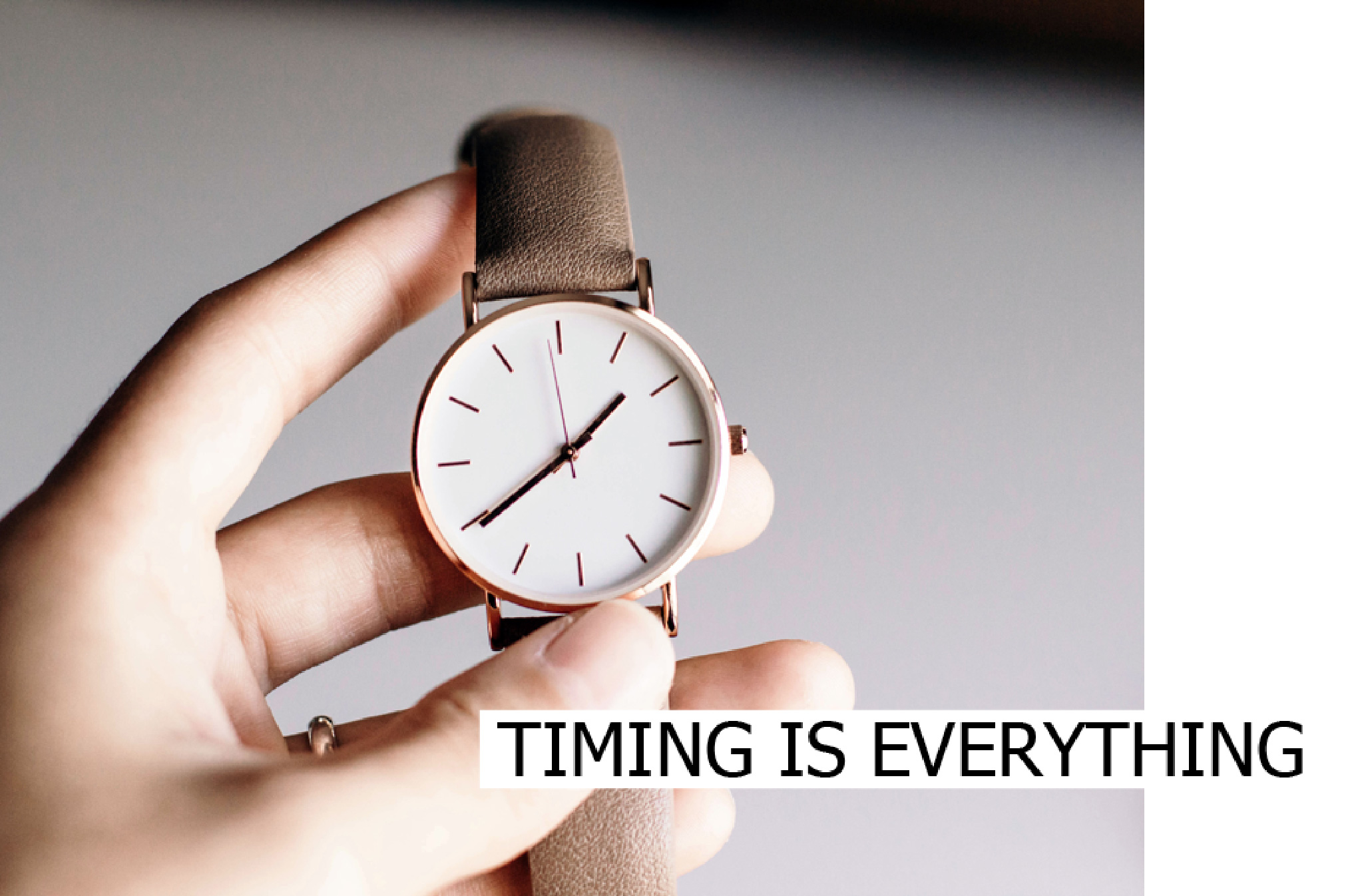Asking for a new office design
Do you feel tired, run-down, and listless? Do you poop out at work? It could be you, but chances are, it’s your office. Few things hammer in the monotony of work more than a dull, uninspiring workplace. Everything is gray, the chairs are old, the lighting is bad, the tables are falling apart, there’s no consideration to ergonomics and well-being; everyone’s got an opinion on office composition. You know higher-ups need to invest in a new design, but how do you get them to bankroll the project?
You can already hear your boss telling you it’s not a good time for a major project, but don’t give up before you start! In business, there’s rarely a time when things die down, or there’s a sudden budget surplus to be spent. When is the right time to ask? When you’ve done your homework and created a strong case.
Depending on your relationship to your coworkers, take a formal or informal survey. Find out what others like or dislike about the workspace. Do they wish they had sit-stand desks? Are people having back issues from non-ergonomic furniture? Are headaches prevalent from the poor, fluorescent lighting? Is there enough privacy? Is communication suffering from a closed floorplan? When you get a feel for what everyone’s thinking, you may find commonalities in your desires. This gives your argument strength; you’re fighting for the greater good!
Once you’ve gotten feedback from your peers, analyze that information and create a plan. You’ve discovered that everyone wants an open office plan with breakout spaces; they want a lounge to work away from their desks; they want more team spaces and less private offices.
Now that you know the employees’ wants, it’s time to align them with the company’s – and your boss’s – wants. People and businesses rarely invest in things they don’t benefit from. Put yourself in your boss’s shoes and create points that target each of their values. Does the company care about collaboration? Then an open office plan makes sense. Does the company focus on healthcare? Then ensuring employee wellbeing with better lighting is a slam dunk. Does your boss want to save the company money? Then buying quality ergonomic furniture will save on lowered productivity and absenteeism. Does your boss seek to find and retain top talent? Then creating a workplace people are excited to be in will win over the best potential employees.
While we sometimes feel like asking for things and having money spent on us is only for our personal gain, there are in fact many legitimate reasons why a business benefits from investing in a well-designed office. Remember, you’re not just gathering support for YOUR argument, you’re providing your boss with the ammunition they need to convince THEIR bosses. Do some internet searching and pull data to backup your claims. There are more and more studies on how and why the elements of design in your office affect productivity, culture and wellbeing.
Here are a few studies to get you started:
Part of creating a strong case is understanding the risks involved. Not only will this help evolve the plan into a more effective solution, it also prepares you to alleviate your boss’s concerns. You know the benefits of your ideas, so consider the pitfalls next. Will the open office plan lead to increased noise levels? Then look for acoustic paneling to reduce it. Will tensions rise because everyone’s fighting to use the new conference room? Then create a scheduling system.
You can often rephrase benefits as risk reductions. Good design can reduce the risk of high employee turnover, the risk of poor company image, risk of employee injury, etc. Discussing benefits and risks gives your argument balance and shows your boss you’ve given the idea serious consideration. Besides, few things feel as good as having a well-researched response to any naysaying!
One smart strategy to make your proposal easier to accept is to start small. Offer a scaled implementation to allow everyone to learn and get comfortable with the new furniture or design. This way changes can begin without heavy investment, and your company is able to see for itself if this will be the viable solution you hope it to be.
When you decide it’s time to meet with the boss, request time specifically for this proposal. This signals to your boss you’re serious, and makes them less able to brush you off. Being demanding or needy leaves a bad taste, so be flexible.
What do you do if you get turned down? First, don’t take it personally. If you have to ask your boss, it’s likely you aren’t privy to all the issues within the company. Thank them for their time and ask if you can try again in the future. Find out if there are some steps you can take between now and the next time that will help this proposal succeed.










